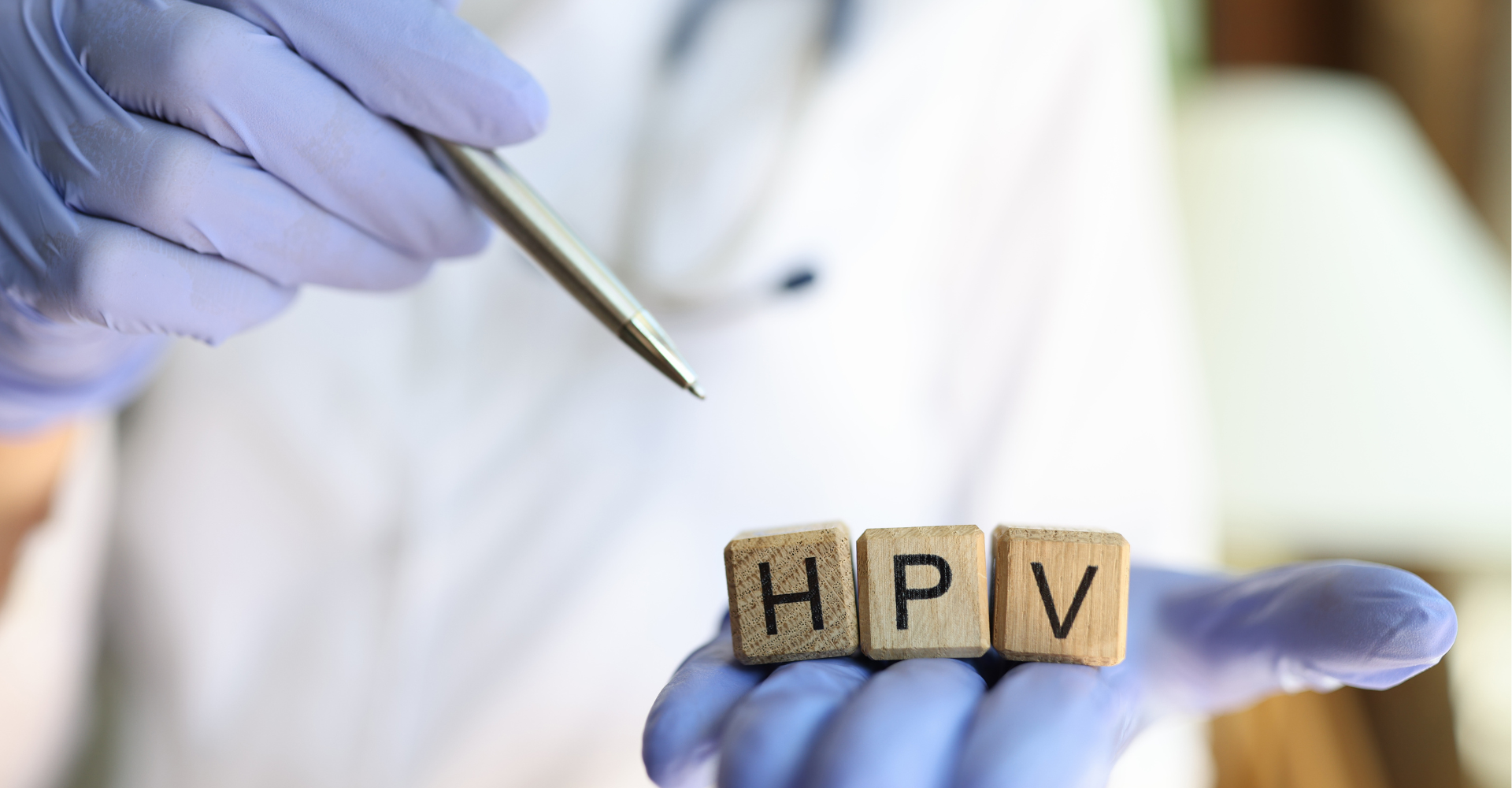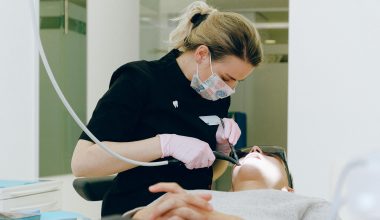In a groundbreaking move aimed at advancing women’s healthcare, British Columbia has taken a significant step by favouring Human Papillomavirus (HPV) screening in testing for cervical cancer. This progressive decision marks a departure from conventional screening methods and signals a commitment to adopting cutting-edge technologies for more accurate and efficient detection of cervical cancer risks.
HPV is a major risk factor for the development of cervical cancer. HPV is a group of related viruses that are primarily transmitted through sexual contact. Among the numerous types of HPV, certain high-risk strains, particularly HPV-16 and HPV-18, are strongly associated with cervical cancer and other genital cancers.

According to the World Health Organization, HPV infections of the cervix cause 95 per cent of cervical cancers, with 70 per cent being caused by two types of HPV, 16 and 18.
Currently, one of the more traditional methods of testing for cervical cancer (a type of cancer that begins in the cells of the cervix, which is the lower part of the uterus that connects to the vagina), is with a pap test or smear. However, these can prove to be quite uncomfortable and for some people, even painful.
While Prince Edward Island took the lead by introducing HPV tests to replace pap tests in doctor’s offices, B.C. has become the pioneer in Canada by providing the opportunity for individuals to conduct HPV tests at home, effective Jan. 29.
As some lead the charge in embracing HPV self- screening testing kits, the question on the minds of many Canadians is clear: when will other provinces follow suit? This pivotal development sparks a national conversation about the future of cervical cancer testing and the potential ripple effect it may have across the country.
Now, B.C. is implementing a different method to test for cervical cancer, through HPV screening. This testing method allows patients to submit samples from the comfort of their homes, potentially leading to less frequent testing if their results prove negative.
Benefits of HPV Test vs. Pap
Many doctors have stated that almost half of the existing abnormalities on the cervix are missed with a pap smear. The HPV test can detect the presence of the virus before those cell changes happen. This screening method has proven to be safe and effective, which people can do in the safety of their own homes.
HPV screening enables less frequent testing, occurring once every five years instead of the previous three-year interval associated with pap tests. The rationale behind this adjustment lies in the new approach’s “higher sensitivity and higher negative predictive value,” according to materials provided by the province to the media.
While it is still early to be getting the desired results, experts say HPV screening will help Canada meet its goal to eliminate cervical cancer by 2040.
Rest of Canada to Implement HPV Self-Testing Kits
Individuals in British Columbia aged between 25 and 69, including women and those with a cervix, will have the option to request a self-screening kit. Upon obtaining the kit, they can self-administer the test and conveniently mail it back to the lab using the provided envelope. The use of this self-administered test has been tested in specific communities in B.C. as part of a pilot program initiated in 2021.
In B.C., healthcare providers will gradually shift from utilizing Pap tests to HPV tests over the next three years, implementing the transition based on patient age groups. The initial phase will involve individuals aged 55 and older.
If someone tests positive for HPV using the home test, they would then be referred to a health-care provider for a follow-up and given further care.
Other provinces besides B.C. and P.E.I. are at various stages of planning a transition from pap tests to HPV tests, including Quebec, Ontario and Manitoba.
The potential impact on public health outcomes is significant, prompting a collective anticipation for a nationwide shift in cervical cancer screening practices. As we navigate this transformative phase in women’s health, the hope is that B.C.’s proactive stance will serve as a catalyst for positive change across the country.
Subscribe to The Health Insider today to stay updated on the rollout of at-home HPV testing across Canada.
The information provided on TheHealthInsider.ca is for educational purposes only and does not substitute for professional medical advice. TheHealthInsider.ca advises consulting a medical professional or healthcare provider when seeking medical advice, diagnoses, or treatment.










